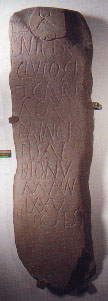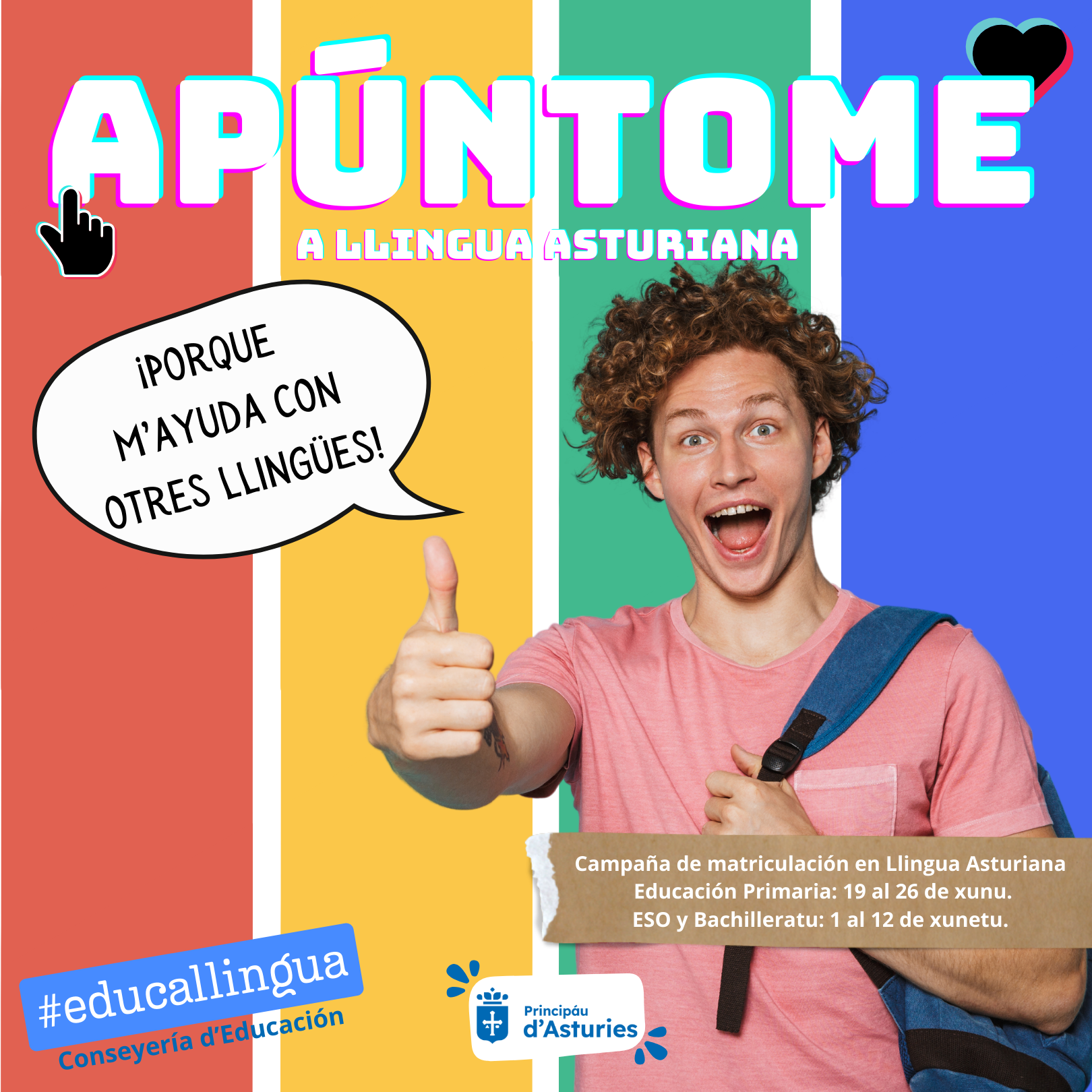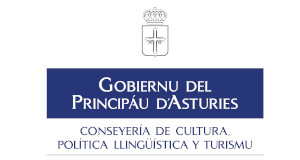Society as found in Castros
15 Avientu, 2008 por Asturies.com






Iron Age Asturies, the nation of the Astures, extended at
that time from the Cantabrian Sea and the river Duero over present-day Asturies
to include León, Zamora and parts of Portugal and Orense. It was organised
into smaller tribal territories of which the most important were the Luggones
and the Pesicos, with the Orgenomescos and Vadinienses, of Cantabrian filiation,
situated to the East, while to the west of the river Navilubión cited
by Pliny(it is not clear whether the reference is to either the river Navia
or to the Eo)were the Albiones. These last would seem to have been an autonomous
people, being ruled over by a prince.
Farming was one of the two principal pillars of their economy, with an abundant stock of cows, sheep, goats, horses(Asturcones) and pigs. Their agriculture, which would have been the women's responsibility, centered upon the cultivation of small plots dedicated to the cultivation of cereals (wheat and barley), and they also cultivated barley and pulses, and practiced fruitpicking (acorns and hazlenuts, etc.), not forgetting other activities such as hunting (wild boar, deer, roebuck) and fishing (salmon, trout and other sea fish).
Mining for copper, iron and gold were also activities of great importance, given the abundance of crucibles, ovens and slag found at archeological digs, and of course craftsmanship in precious metals was no less important to these fortified village-dwellers.
As Strabo testifies, they also practised commerce which was principally bartering, although they did use crude silver tokens, and, judging by classical texts, an important means of getting cattle, slaves, cereals and treasure was by raiding other peoples or tribes.
Farming was one of the two principal pillars of their economy, with an abundant stock of cows, sheep, goats, horses(Asturcones) and pigs. Their agriculture, which would have been the women's responsibility, centered upon the cultivation of small plots dedicated to the cultivation of cereals (wheat and barley), and they also cultivated barley and pulses, and practiced fruitpicking (acorns and hazlenuts, etc.), not forgetting other activities such as hunting (wild boar, deer, roebuck) and fishing (salmon, trout and other sea fish).
Mining for copper, iron and gold were also activities of great importance, given the abundance of crucibles, ovens and slag found at archeological digs, and of course craftsmanship in precious metals was no less important to these fortified village-dwellers.
As Strabo testifies, they also practised commerce which was principally bartering, although they did use crude silver tokens, and, judging by classical texts, an important means of getting cattle, slaves, cereals and treasure was by raiding other peoples or tribes.









